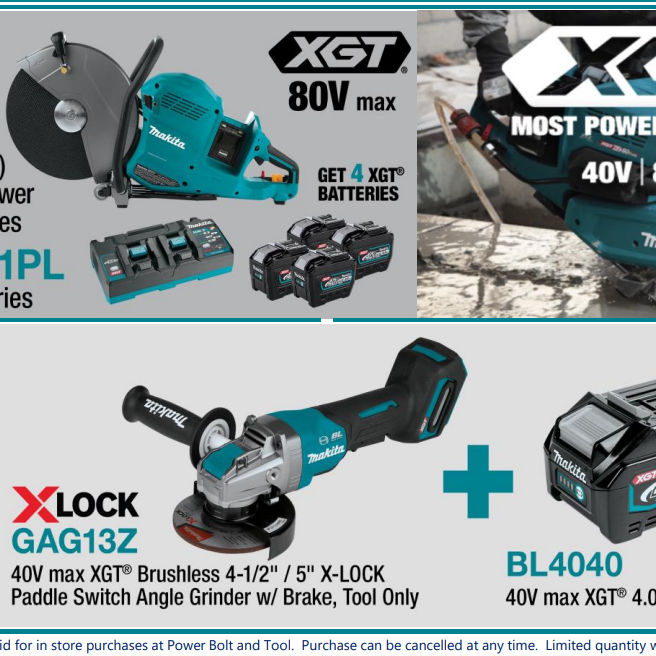
Guaranteed
Guaranteed
Personal fall protection systems are the last line of defense between workers and a nasty injury or even death. Despite advances in the design of safety harnesses, falls from heights remain one of the leading causes of death on construction sites. Even the most sophisticated fall protection equipment is worthless if it is not used properly.
By following these 6 easy steps, you will ensure that your safety harness is in good condition and is worn properly. It could save your life.

Step 1: Untangle Safety Harness
Hold the harness by the D-ring on the back strap. Shake the harness straight and organize the straps and buckles.
Step 2: Check Safety Harness for Damage
If the chest, leg, or waist straps are buckled, unbuckle them and release straps. This is a good time to check that the buckles and other hardware are firmly attached to the straps. Look for any exposed buckle springs, which can loosen or become inadvertently disengaged. Do not use any harness with cut, frayed, or otherwise weakened straps or sharp hardware that can cut into the straps, damaging them to the point where they will not hold you if you fall.
Step 3: Put on the Harness
Slip the shoulder straps over shoulders, like a pair of suspenders. Adjust the fit so that the D-ring is positioned in the middle of the back, between the shoulder blades. Make sure the D-ring is large enough to accommodate the appropriate lanyard for the harness. Properly positioning the D-ring will ensure you are suspended upright until help arrives.
Step 4: Connect and Tighten the Leg Straps
Adjust the leg straps to produce a tight, but not binding, fit. The straps should not be so tight that they prevent you from standing up straight. The fit is correct if you can slide your hand between your thigh and the strap. If the harness has a waist strap, fasten it now.
Step 5: Buckle and Adjust the Safety Harness
Buckle the chest strap and adjust the fit so that the strap lays across the middle of the chest. Again, the chest and shoulder straps should be adjusted for a snug fit so the harness stays in place in the event of a head-first fall. During a fall, a loose chest strap can be dislodged and wind up around the wearer’s neck, posing a choking hazard.
Step 6: Make Sure the Safety Harness is Snug but Not Restrictive
Once everything is connected and buckled, make final adjustments so that everything is snug, but your movement is not restricted. Tuck any strap tails into the loop keepers to prevent them from snagging on equipment or building materials.
Conclusion
Power Bolt and Tool carries a full line of fall protection equipment for all sizes and jobs, including polyester models for use around chemicals and harnesses, and lanyards with little metal content to protect against arc flashes. All of the harnesses, lanyards, and connectors we carry comply with all applicable ANSI and OSHA standards. Our experts can help you find the components that work best for you.
Give us a call toll-free at 888-514-5151 or contact us today with any requests and/or questions.
{"one"=>"Select 2 or 3 items to compare", "other"=>"{{ count }} of 3 items selected"}